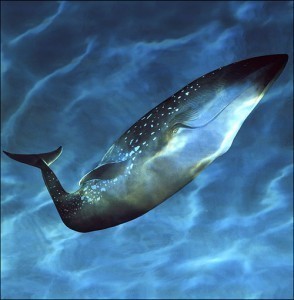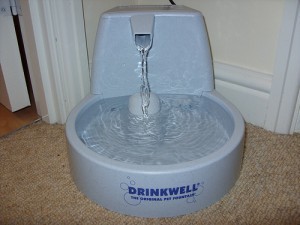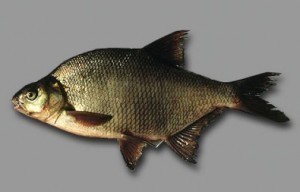How Big is a Blue Whale
The blue whale is one of the highly interesting and fascinating marine  mammals because of its huge size. Based on historical accounts, it is one of the largest animals ever known. Its body is generally described as slender and long. It has a bluish-grey color with a lighter shade underneath. It is commonly found in the South Pacific Ocean and Indian Ocean. Aside from these interesting details, it is good to learn things about the size of a blue whale.
mammals because of its huge size. Based on historical accounts, it is one of the largest animals ever known. Its body is generally described as slender and long. It has a bluish-grey color with a lighter shade underneath. It is commonly found in the South Pacific Ocean and Indian Ocean. Aside from these interesting details, it is good to learn things about the size of a blue whale.
The Usual Sizes of Blue Whales
How big is a blue whale? In terms of length, this marine mammal can grow up to 108 feet or 32.9 meters. When it comes to weight, it can be as heavy as 190 short tons or 172 metric tons. Based on the reports made by the American National Marine Mammal Laboratory, a blue whale measuring 98 feet or 30 meters can weigh more than 200 short tons or 180 metric tons. In the history of this laboratory, the biggest it has recorded weighed 195 short tons or 177 metric tons.
Additional Facts and Other Highly Interesting Details
The sizes of blue whales are truly fascinating. The longest captured whale ever recorded measured 110 feet or 33.6 meters. The second one was slightly smaller, with a length of 109 feet or 33.3 meters. For the National Marine Mammal Laboratory, the biggest whale they caught measured 98 feet or 29.9 meters.
For those who want to weigh the tongue of a blue whale, the result would be somewhere around 3.0 short tons or 2.7 metric tons. When its mouth is expanded fully, it is huge enough to hold 99 short tons or 90 metric tons of water and food. However, its throat is not big enough to swallow objects that are wider than a regular beach ball.
Its heart is recorded as the biggest amongst all the animals, which weighs around 1,300 pounds or 600 kilograms. The average diameter of its aorta is 9.1 inches or 23 centimeters. Based on studies, a blue whale calf drinks about 100 U.S. gallons or 400 liters of milk daily. Every 24 hours, the calf is expected to gain a weight of about 200 pounds or 90 kilograms. At birth, each calf weighs approximately 6,000 pounds or 2,700 kilograms. The lung capacity of blue whales is measured at 1,320 U.S. gallons or 5,000 liters. Meanwhile, expect its flippers to grow somewhere around 13 feet or 4 meters. In terms of speed, it can swim as fast as 31 mph.





